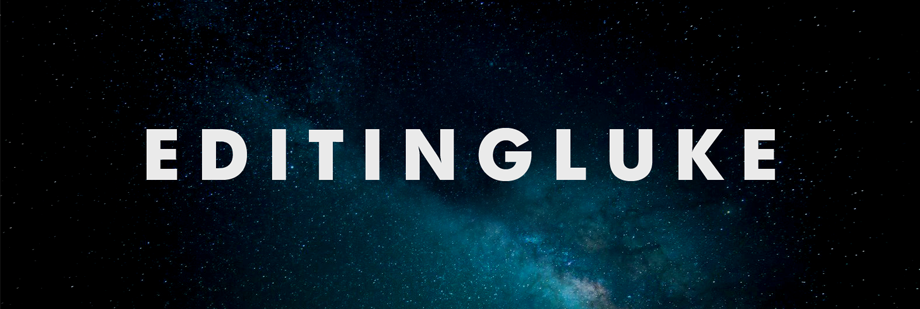
For me this location is special because of the time I spent here after moving home to Medicine Hat from university. Stream was my first job out of school in 2008, and I continue to work contract for them now. I think the understated charm of the building suits the production company well. You can also see that I parked my Jaguar next to the Stream graffiti that we used to open the promo reel I edited for them last year.


 |
| Citadel Building ca. 1986 |



 |
| Salvation Army Citadel ca. 1970s |

 |
| Citadel Building with St. Barnabas church next door. |



















